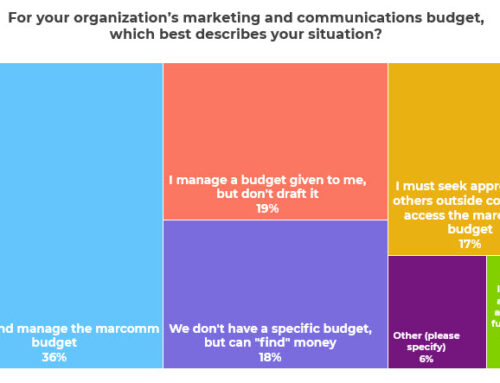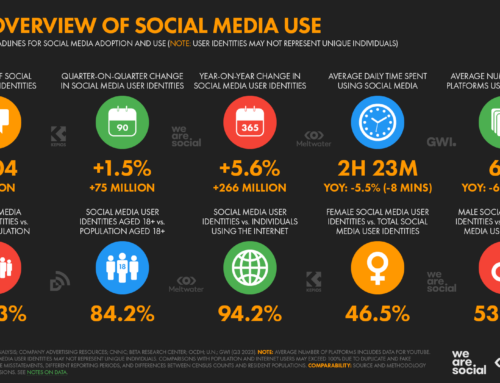I’m putting together a new webinar called Creating a Social Media Policy for Your Nonprofit (it’s on Wednesday, April 28 at 1:00 p.m. ET). As I’m thinking about the variations I’m seeing in social media policies, I’m measuring them up against what I’ve been using as the “good nonprofit marketing through social media” yardstick: Does the policy encourage staff to be genuine, generous, and grateful?
Most of the policies I see (here’s a list of some of them) encourage nonprofit staff to clearly identify themselves as working for an organization when tweeting, commenting, or posting about work-related topics. When being social on personal time, the policies vary from discouraging any talk at all on work topics to including disclaimers about not representing the organization.
How a nonprofit tries to manage what staff say in off-hours is clearly a more difficult challenge than managing an “official” account. But regardless of the policy, encouraging staff to be upfront about who they are and who they are speaking for does bode well for being genuine.
Generosity is social media can take many forms, but the most common is sharing information, links, and resources that you think your online network will find helpful or inspiring. Easy enough when it’s content your organization has created or is otherwise directly involved with. But what about sharing good stuff created by others?
Many nonprofits actually have quite a bit a trouble with this kind of generosity, because they believe that their social streams of tweets and posts should be all about their programs and their programs only.
While the majority of what you put out should probably be related to your own work, I believe you really should mix in good, related content from others to get the most out of your social media work. That’s community building 101. This is especially true on Twitter, where retweeting content created and shared by others is a community norm.
Several social media policies get at this by encouraging sharing and conversation on topics in the specific field that an organization works in. For example, Bread for the World’s social media policy says, “In addition to pushing out Bread’s core messages and actions, we will seek to engage various audiences by facilitating conversation, awareness, and action about hunger.”
In its Online Communications Guidelines, the American Red Cross directly encourages Red Crossers with personal blogs to be generous: “The Internet is all about connecting with links, so if you see something interesting, valuable or relevant, link to it! The more you link to relevant material, the more contacts you will make and the more popular your own blog will become.”
Gratitude doesn’t show up as clearly or directly in social media policies, but you can still see it in several places. For example, many policies talk about respecting copyright rules, citing sources, and following Creative Commons licensing. Many also include provisions about protecting privacy and confidentiality. While these sections are often included as a way to avoid legal trouble, following these guidelines are also a way to express gratitude to people who share their creativity and their personal stories with the nonprofit by treating them with respect.
What kind of behavior do you think a nonprofit’s social media policy should encourage or discourage?






